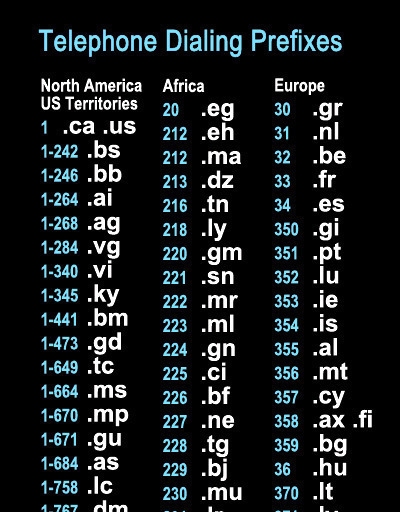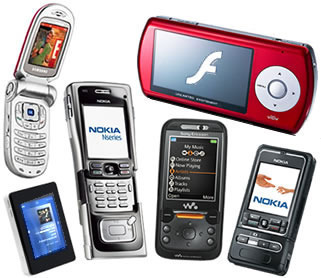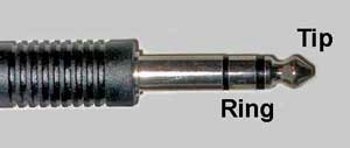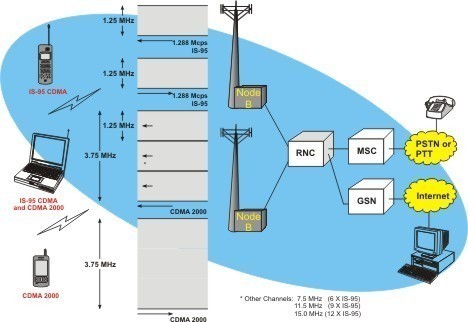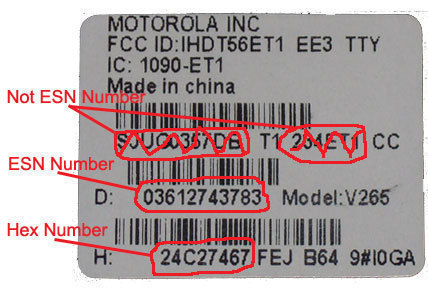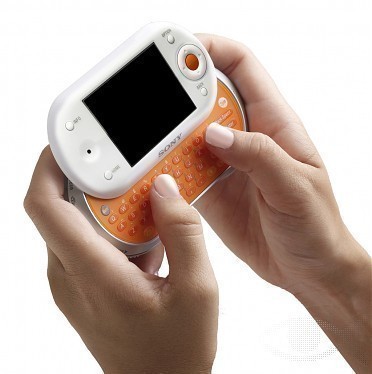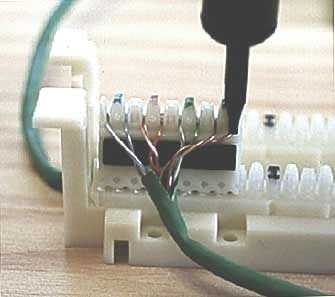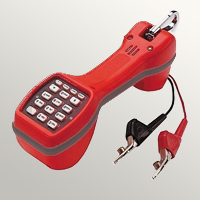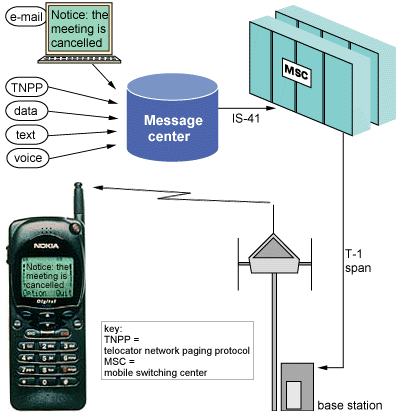Phone Prefixes
Phone prefixes are the codes that tell the phone companies which state, city, or county a person is calling from. As more people move to an area the phone prefixes change and additional ones are added. Depending on the state, there may only be a few prefixes. Prefixes help to differentiate between each person's phone …

